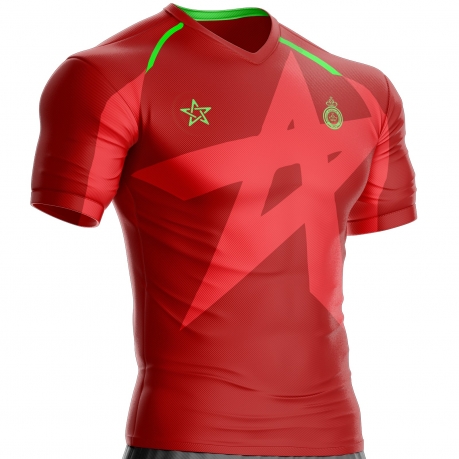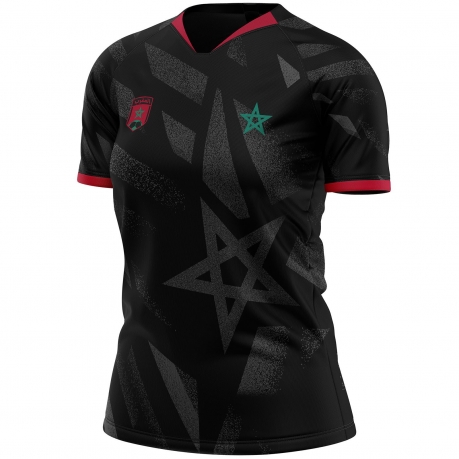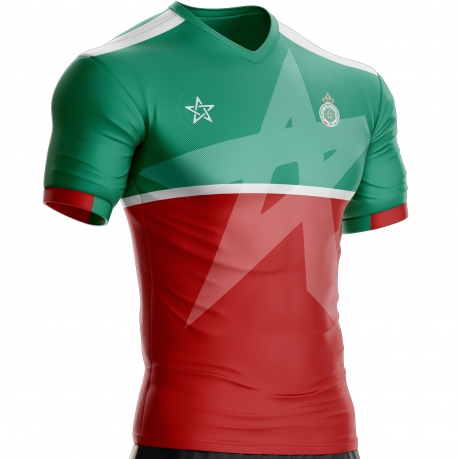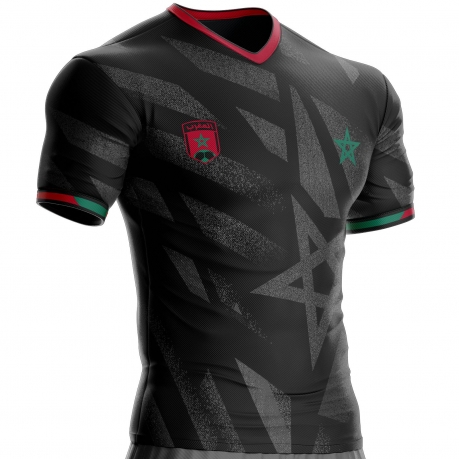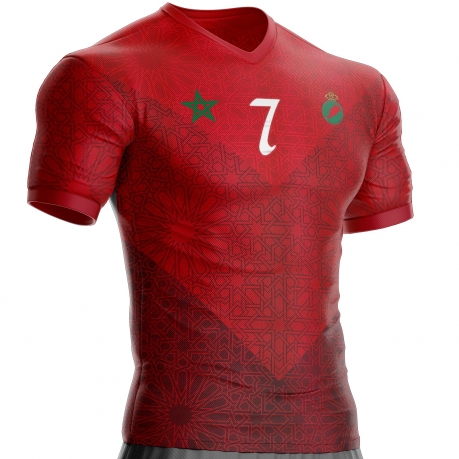Top 10 of the most emblematic Moroccan football clubs

Morocco, a country where football is king, vibrates to the rhythm of the exploits of its most emblematic clubs. True institutions, these clubs transcend simple sport and are at the heart of Moroccan identity and culture.
This article aims to introduce you to these legendary clubs which have marked the history of Moroccan football, by exploring their rich past, their talented players and their impact on society.
Definition of an emblematic club in Moroccan football
A Moroccan football club can be considered emblematic when it combines several characteristics:
A rich and glorious record , punctuated by national and international titles, which testifies to its long-term sporting success.
A deep and anchored history in the Moroccan football landscape , often linked to the identity of a city or region.
A significant social impact , manifested by a large base of loyal and passionate supporters, and by a contribution to the training of young players and the development of national football.
A unique and vibrant culture , which translates into its own style of play, specific songs and traditions, and incomparable popular fervor.
The Casablanca giants: a historic rivalry
Wydad Athletic Club (WAC) , founded in 1937, is one of the most successful clubs in Morocco with 23 national championship titles and 9 Throne Cups. He also distinguished himself on the continental scene by winning 3 CAF Champions Leagues and 2 CAF Super Cups. WAC is known for its attacking style of play and talented players, such as Abderrazak "Zaki" Badou, considered one of the best Moroccan footballers of all time.
Raja Club Athletic (RCA) , founded in 1949, is not to be outdone with 13 national championship titles and 8 Throne Cups. The club has also won 3 CAF Champions Leagues and 2 CAF Super Cups. RCA is famous for its electric atmosphere at home matches and its ultra culture, with its groups of passionate supporters. The rivalry between the WAC and the RCA is one of the most intense on the African continent, and the Casablanca derbies are always highly anticipated events.
Beyond Casablanca: other emblematic clubs
The Maghreb Association Sportive de Fès (MAS) , founded in 1911, is the oldest club in Morocco. He won 4 national championship titles and 6 Throne Cups. MAS is known for its training center which has revealed many talents, such as Youssef Hadji and Karim El Ahmadi.
Difaâ Hassani El Jadidi (DHJ) , founded in 1957, won 1 national championship title and 4 Throne Cups. The club is known for its defensive solidity and fighting spirit.
Hassania Agadir (HUSA) , founded in 1946, won 2 national championship titles and 6 Throne Cups. The club is known for its flamboyant style of play and talented attackers, such as Aziz Bouderbala and Abderrahim Ouakili.
These clubs, and others, have marked the history of Moroccan football and contributed to its development. They are a source of pride for their supporters and examples to follow for younger generations of footballers.
The impact of emblematic clubs on Moroccan football
Role in player training and talent detection : Iconic clubs often have the best training centers in the country, allowing them to train talented young players and prepare them for a professional career.
Sports dynamics and development of national championships : The presence of emblematic clubs stimulates competition in national championships and encourages other clubs to surpass themselves.
The social aspect : Emblematic clubs play an important role in Moroccan society by bringing people together around a common passion and contributing to the liveliness of cities.
The most emblematic Moroccan football clubs are institutions that have marked the history of sport and Moroccan society. They constitute a source of national pride and a model for future generations.
Morocco's emblematic football clubs constitute pillars of national sport. Their rich history, their glorious track record and their significant social impact make them essential institutions in the Moroccan landscape. They contribute to the training of talented players, the revitalization of national championships and the liveliness of cities.
The future of these clubs, however, faces several challenges :
International competition : Moroccan clubs must strengthen themselves to compete with the best clubs on the African continent and on the international scene.
Financial management : Good financial management is essential to ensure the stability and sustainability of clubs.
Development of infrastructure : Clubs must invest in modern infrastructure to offer their players the best training and competition conditions.
Despite these challenges, Morocco's emblematic clubs have the means to raise their heads and continue to play a major role in the development of national football :
By drawing on their rich history and tradition , they can mobilize their supporters and create positive dynamics.
By investing in the training of young people , they can guarantee their future and ensure succession.
By adapting to the demands of modern football , they can position themselves as major players on the African continent and shine internationally.
Morocco's emblematic football clubs have a promising future if they know how to meet these challenges and build on their strengths. They will thus continue to be sources of national pride, to enliven cities and to inspire future generations of Moroccan footballers.





